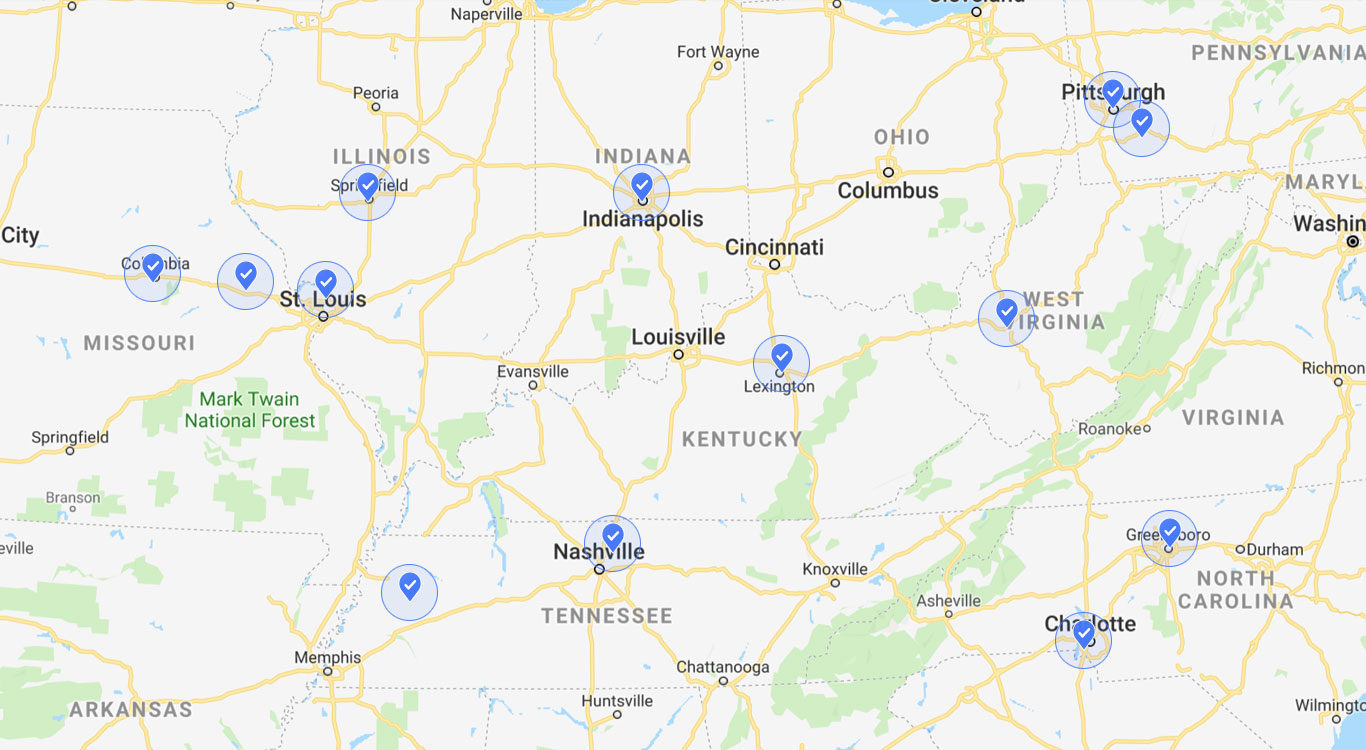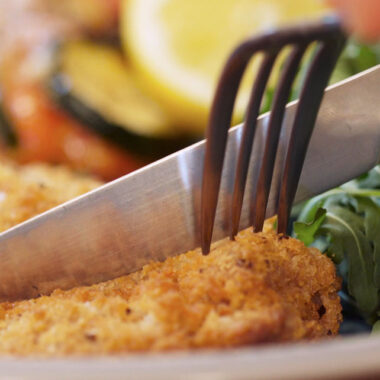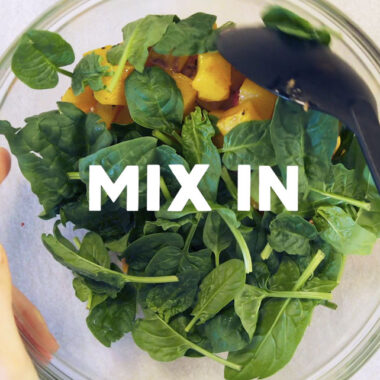Problem
Young’s Seafood launched a range of nine new products into major retailers in the USA – our brief was to raise awareness and increase product consideration for these products.

Insghts
Online video ads drive brand metrics throughout the customer journey – driving consideration, favourability, purchase intent and sales.
Video is an excellent way to build and maintain engagement with your audience.
Due to this trend of more online videos, combined with waining attention spans amongst consumers, we know that short-form, high-impact videos are an excellent way to stand out and raise both brand awareness and product consideration.

Activation
Our approach was to create a series of three short-form, ‘tasty style’ recipe videos (each using a different Young’s product) to showcase how delicious and versatile the Young’s range is – to ultimately drive transaction in-store.
The recipes were specifically developed for the American market by Young’s own development chef, Serge Nollent, to ensure that they would be accessible and popular.
Driving awareness and consideration
To drive awareness and product consideration with a high reach and frequency campaign, we selected YouTube and Facebook as our advertising channels.
To measure this, we worked with Google to set up a YouTube Brand Lift study on to measure brand awareness and product consideration and the overall impact of the campaign.
Location-based targeting
Due to the fragmented distribution across the US, we opted for a more efficient and targeted delivery by targeting specific ally in states with the highest density of distribution, informed by the store lists and increasing the relative impact and effectiveness of the campaign.
Test and optimise approach
We deployed the campaign during Lent, which is a period which typically produces the highest seafood sales in the United States.
The media plan was deployed in 2 phases – the first being a test on YouTube with all three videos to identify which one the best performing content. We adjusted the campaign weighting for the second phase, allocating the remaining media spend behind to best performing content on Facebook and YouTube.
Outcome
On YouTube, we’ve generated over 648k views, with an average view through rate of 55.61% (the YouTube average is currently 43.54%) and on Facebook, we reached over 1.7 million unique consumers and generated over 3.2 million impressions.


